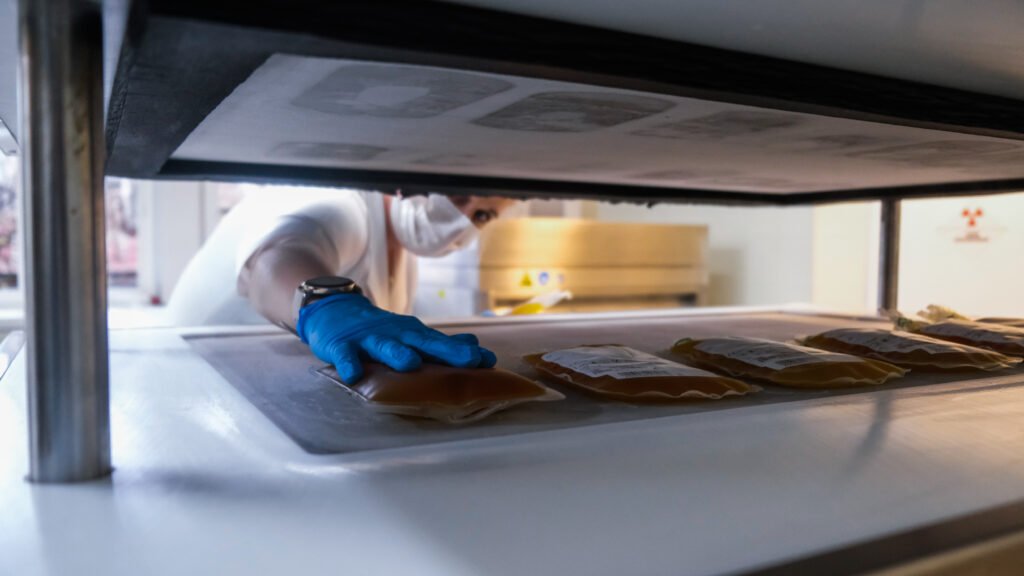This would involve establishing networks of community-based sites with the capacity to collect, process, and administer CP to patients quickly and efficiently. By focusing on early intervention, we can potentially reduce the severity of illness, hospitalizations, and mortality rates associated with future pandemics.
In addition, it is essential to continue research and development efforts to improve antibody assays, diagnostic tests, and plasma collection techniques. By investing in these areas, we can ensure that high-titer units of plasma are readily available and that patients can be diagnosed accurately and promptly. This proactive approach will be crucial in the early stages of a pandemic when time is of the essence.
Furthermore, ongoing training and education programs for healthcare providers on the use of CP and other passive immunity therapies will be vital. By ensuring that clinicians are well-versed in the latest protocols and best practices, we can optimize the effectiveness of these treatments and improve patient outcomes.
Overall, the lessons learned from the Covid-19 pandemic provide invaluable insights into the potential of convalescent plasma as a therapeutic option in future outbreaks. By building upon these lessons and implementing strategic improvements, we can better prepare for the next global health crisis and enhance our ability to save lives. Through collaboration, innovation, and a commitment to continuous improvement, we can ensure that convalescent plasma remains a powerful tool in our arsenal against infectious diseases. During a major flu or disease outbreak, hospitals can become overwhelmed with patients needing admission, especially those who are critically ill. This can make it difficult for less sick patients to enter for passive immunity therapy administration, which is crucial for protecting staff and other patients from disease transmission. As a result, public health officials must find alternative spaces where convalescent plasma (CP) can be administered to outpatients who are at high risk for progression and death.
Research has shown that CP for Covid-19 is as effective as monoclonal antibody therapies in preventing hospitalization when given within five days of symptom onset. This highlights the importance of early intervention and the need for outpatient administration on a larger scale. This may require creative solutions such as setting up pop-up administration facilities in tents or convention centers, utilizing mobile diagnostic capabilities, and repurposing personnel like paramedics to assist with administering CP.
Effective planning and coordination across healthcare and non-healthcare communities are essential for successful outpatient administration of CP. This may involve the use of digital tools to guide symptomatic individuals to the appropriate location for treatment. Regulatory flexibility and the reestablishment of networks between academic, government, and nonprofit sectors are also crucial in optimizing the use of CP during a pandemic flu or disease X outbreak.
By engaging in proactive planning and inventory-taking, a collaborative team can save lives and mitigate the impact of future outbreaks. Experts like Michael J. Joyner from the Mayo Clinic, R. Scott Wright, also from the Mayo Clinic, and Arturo Casadevall from the Johns Hopkins Bloomberg School of Public Health emphasize the importance of preparedness and coordinated efforts in combating infectious diseases. Their insights underscore the need for proactive measures to ensure effective response and treatment during public health emergencies.


